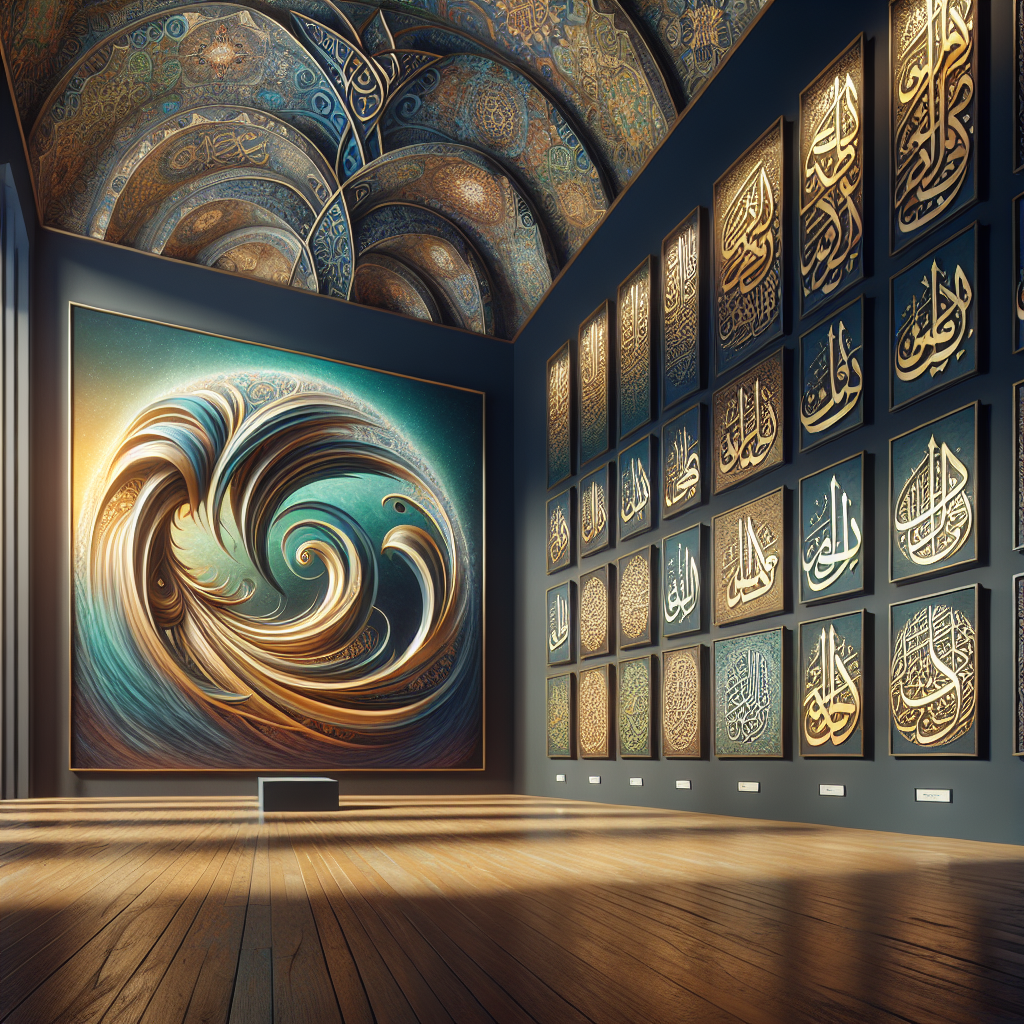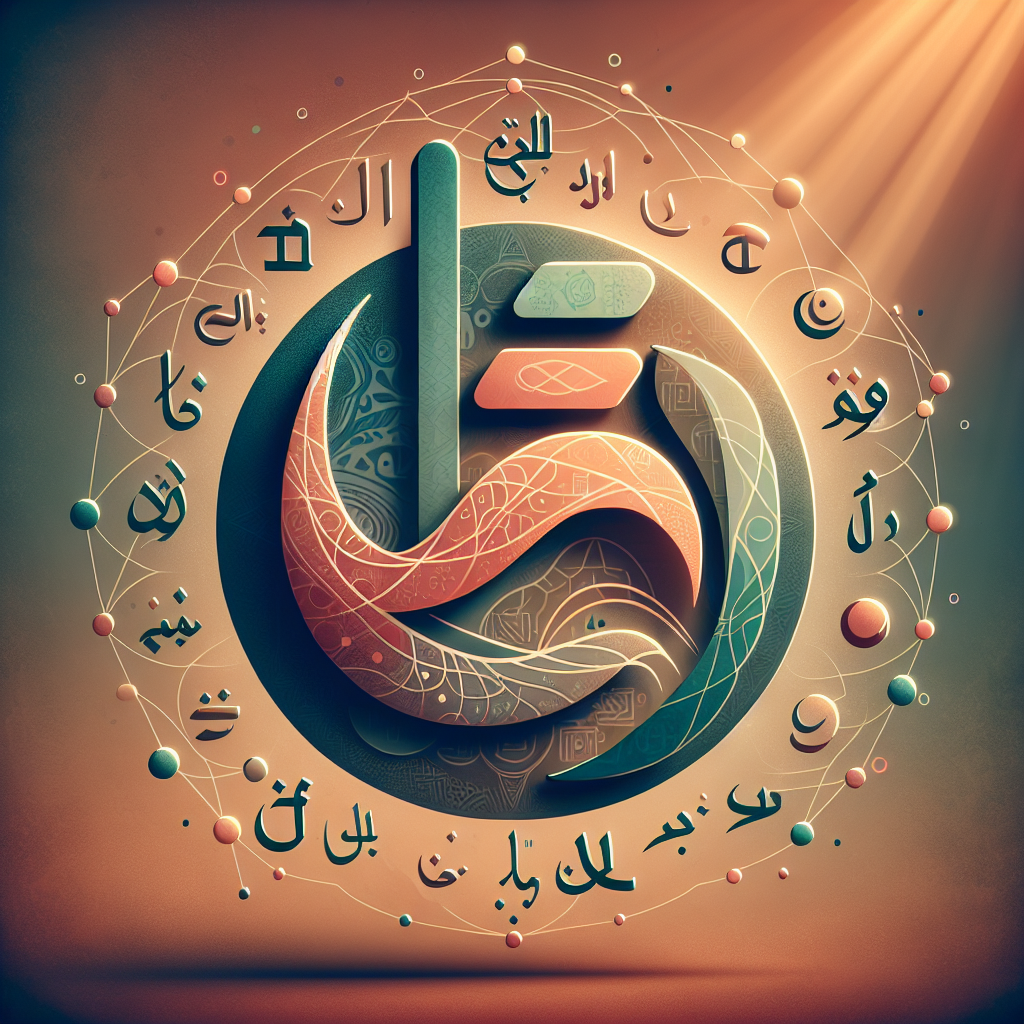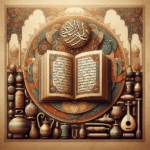The Influence of the Arabic Alphabet on Modern Linguistics 🌍
The Arabic alphabet, with its intricate and flowing script, not only plays a pivotal role in the language of over 420 million speakers worldwide but also significantly impacts modern linguistics. Let’s dive into the fascinating world of how this ancient script continues to shape and influence languages today.
Table of Contents
1. Historical Impact of the Arabic Alphabet
2. Arabic Script in Modern Languages
3. Technological Influence and Adaptations
4. Cultural Significance and Linguistic Diversity
5. Conclusion
6. FAQs
Historical Impact of the Arabic Alphabet 📜
Historically, the Arabic alphabet has been a cornerstone in the spread of literacy and culture, especially during the Islamic Golden Age. Scholars and traders carried the script far and wide, embedding it into the fabric of many societies. This diffusion is evident in the numerous languages that have adopted the Arabic script, including Persian, Urdu, and Pashto.
Arabic Script in Modern Languages 🗣️
The Arabic script has transcended its original linguistic boundaries, influencing various modern languages. For instance, the Swahili language, spoken in East Africa, incorporates many Arabic words due to historical trade connections. Similarly, Malay and even some dialects of Spanish contain Arabic linguistic elements, showcasing the script’s versatility and enduring legacy.

Technological Influence and Adaptations 💻
In today’s digital age, the Arabic alphabet faces both challenges and opportunities. While technology initially struggled with non-Latin scripts, advancements have enabled smoother integration of Arabic scripts in software, websites, and mobile applications. This technological evolution ensures that the script remains relevant and accessible to new generations of speakers and learners.
Cultural Significance and Linguistic Diversity 🎨
The cultural significance of the Arabic alphabet extends beyond communication. It is a symbol of identity and heritage for many communities. Calligraphy, for example, transforms the script into an art form, celebrated in galleries and exhibitions worldwide. This artistic expression highlights the script’s beauty and its role in fostering linguistic diversity.
Conclusion
The Arabic alphabet’s influence on modern linguistics is profound and multifaceted. From its historical roots to its modern-day applications, the script continues to shape languages and cultures around the globe. As we look to the future, the Arabic alphabet will undoubtedly remain a vital component of linguistic evolution, bridging the gap between tradition and innovation.
FAQs
1. How has the Arabic alphabet influenced other writing systems?
The Arabic alphabet has influenced many writing systems by either being directly adopted or by contributing vocabulary, especially in languages such as Persian, Urdu, and Pashto.
2. Why is the Arabic script considered beautiful?
The aesthetic appeal of the Arabic script is largely due to its flowing lines and curves, which are often highlighted in calligraphy, transforming the script into an art form.
3. How does technology support the Arabic alphabet today?
Modern technology supports the Arabic alphabet through advanced software and applications that facilitate its use in digital communication and media.
4. What role does the Arabic alphabet play in cultural identity?
The Arabic alphabet is a symbol of cultural and linguistic heritage for many communities, reflecting their history, religion, and traditions.






